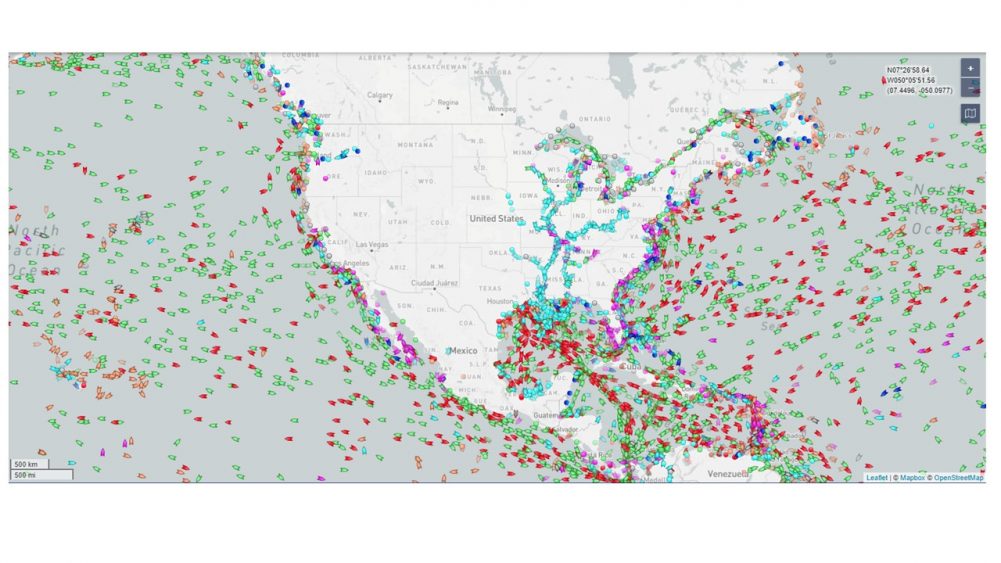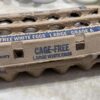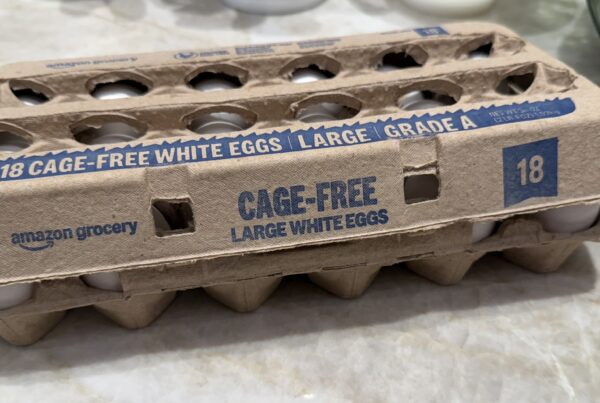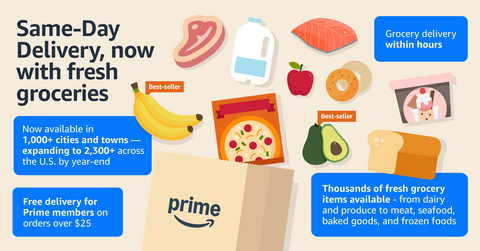Everywhere you turn someone is talking about the record number of ships docked off the coast of Long Beach or the inability to find a car within $10k of list price; it’s so bad that one card game company tried to charter a helicopter to get their shipping container off the boat (which, by the way, isn’t a good idea, even though Exploding Kittens is an excellent card game). But it will all get better in time for Christmas, right?
No chance.
Over the next few posts, we’ll be looking into some of the root causes of the current situation, impacts on commercial real estate, and when we will likely see relief (spoiler alert, not in the 45 days the Biden Administration is hoping for).
Let’s start with a look at the consumer; the reason we’re in this mess in the first place…
At the end of 2019 and into 2020, as we were preparing for lockdown, global companies anticipated a tremendous loss in commercial activity. Factories and businesses in China were closed for weeks and that had a ripple effect for suppliers and customers outside of China. Shipping companies cut routes and capacity; there were fewer factories making fewer things.
Shipping companies assumed there would be less demand – but that’s not what happened. Instead, we started buying toys and homeschool materials for the kids, outfitting home offices and gyms; but there weren’t enough ships or shipping containers.
Well, that’s not entirely true; there may have been enough ships and containers, but they were in the wrong places. Traditional shipping routes, which largely focus on getting goods made in China to the wealthy countries that buy those goods, then back again filled with goods for the Chinese consumer; were disrupted by the new need to get Chinese-made PPE to all corners of the globe—places that traditionally don’t have much to send back to China.
So, what does that leave us with? Empty shipping containers scattered throughout the world and the busiest ports in the world, in China, with no shipping containers.
It’s more complex than just not being able to find the right size jeans on the shelf.
Let’s say you’re manufacturing a product that has 30+ components in it, and one of those items comes from Wuhan. Now you have to either wait to compile that item or try to substitute it with another component. You didn’t previously keep lots of extra items on the shelf because you used Just in Time manufacturing (popularized in the 1980s at Toyota) which enabled you to have low inventory and keep costs down for the consumer. That was all well and good when your algorithms had the near-perfect ability to predict demand.
But now, you can’t make that item and you can’t sell that item. If that item is a building component or apparel or a food product then it may impact the labor associated with the sales and shipping of that item as well. The impact is a suppression of economic activity worldwide.
What started with getting PPE to countries that needed it has resulted in a 10-fold increase in shipping costs and traffic jams at ports up and down the American coast. 13% of the total number of shipping containers that the world’s shipping fleet can carry are stuck idling off the coast of whatever port they’re trying to unload at.
Then there’s the storage issue. There just isn’t enough place to store these goods when they do arrive because we’ve created a lean infrastructure that didn’t need to deal with extra inventory [there’s that Just in Time coming back].
In the old days, we kept lots of inventory on hand because we didn’t know when we would need it and we wanted to have it available. Then Toyota pioneered lean manufacturing with an aim of reducing time in production and inventory on hand to speed up the time to get the product to the customer and eliminate waste. Why should you keep lots of inventory and pay to warehouse it when you can rely on the ship to bring it to you from your factory in China, which has always been reliable, and it can arrive just in time for when you need it. As an added bonus, the shareholder likes it when you spend less and the customer likes it when it costs them less.
The problem is that’s not how it works anymore.
There have been other major supply chain disruptions like the Taiwan earthquake in 1999 and the Fukushima disaster in Japan in 2012, but none hold a candle to Covid-19.
Ecommerce was on the rise prior to 2020, but we still had the option of going to a store to buy things. It turns out, when you have the fear of contracting a deadly virus, you’re pretty likely to try ecommerce. That in and of itself places strain on the supply chain because it’s much more complicated to fulfill to a home than to fulfill to a giant box like Home Depot or Macy’s and wait for shoppers to (gasp) pick their own items and drive it home themselves. So, the idea of going back to the way we were in 2019 is out the window.
That’s how we got into this mess. How are we going to get out of it?
First thing, it’s going to cost more, potentially a lot more, to build more resiliency in the supply chain. That means more onshoring of manufacturing and the labor associated with it, more inventory on hand, more space to store it in, more truck drivers to take it places.
That will be harder for smaller companies, retailers in particular, which means the largest global companies (Walmart, Home Depot, Amazon) will have a leg up, and Americans are likely to face fewer choices and higher costs in the future.
Or—and this is true over and over again—we’ll figure out how to have what we want when we want it, without increasing the cost of goods.
This leaves a lot of room for opportunity in commercial real estate as well, especially in last mile and logistics; another area where the largest owners stand to have the greatest benefit over the long-term.
And that’s where we’ll pick up next time.








